Looking to give digital drawing a try? This Procreate tutorial on how to draw a cottage can help!
You’ve seen the truly remarkable digital work that famous illustrators have created using Procreate on iPad Pro, and now it’s your turn to try out the amazing tools this artistic medium has to offer.
This Procreate tutorial will break down the process of drawing on a tablet and set you up with the basics of this amazing app, using how to draw a cottage as an example. You’ll find making the switch to digital is much easier (and more fun) than you would expect!
Save this story to Pinterest!

How to Draw A Cottage: Embrace New Technology
I’m a Toronto illustrator who specializes in portraiture, editorial illustration and exhibition design. Until recently I’ve only worked with traditional media – pencil, ink, watercolour, on paper. However, after some curiosity I’ve given digital drawing a try and have been blown away. Both by how easy it is to pick it up, and by its amazing potential. Creating illustrations like cottage drawings with an Apple Pencil on iPad Pro saves me time, saves money on art supplies, and is really quite fun. It also saves my neck from craning hunched over a desk for hours – I now get to kick back and work from the couch (or in this case, the hammock)!
Most of what I draw are individuals (pets or people). However, I find there is a different sort of satisfaction in drawing architecture and landscapes. Getting lost in the precise details of drawing a building takes me into that right brain zone, where I lose my sense of time and drift through hours of creativity without even knowing it. It’s a certain kind of zen that you may already be familiar with if you like to draw. The subject matter of a cottage seems all the more appropriate in this case, as it reminds me of dreamy, breezy long afternoons spent outside in Ontario’s great outdoors.
There’s also something enjoyable about the contrast of a building nestled in a natural setting. Drawing the precise geometry of the human-made structure is a sharp turn from the loose and rugged plant life around it. Drawing both can be meditative in totally different ways. The tools of Procreate on iPad Pro thankfully allow you many options for doing both.
For freelance illustrators who are still unsure… don’t worry, I’m not asking you to replace your traditional art tools. Our Procreate tutorial on how to draw a cottage will show you how illustration on iPad offers an exciting new tool to add to your art arsenal.
If you’re enjoying a vacation this summer at a cottage or cabin in Wasaga Beach, Muskoka, Prince Edward County, Barrie or The Kawarthas, why not have a little fun on the dock honing your digital drawing skills?
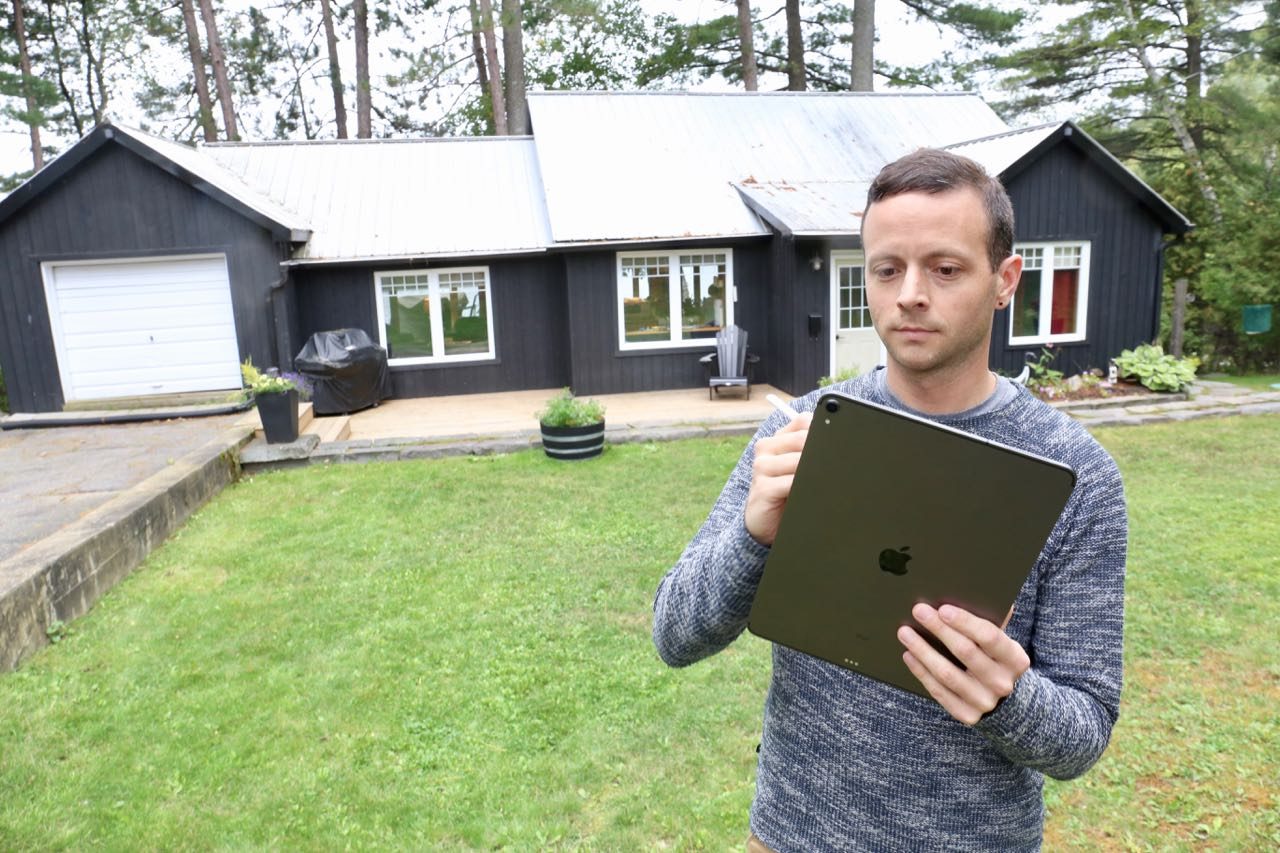
How to Draw A Cottage: Illustration Apps
This story offers a step-by-step Procreate tutorial on how to draw a cottage. It’s important to note that there are several other drawing apps you can use on iPad Pro when drawing a cottage. Here are just a few:
- Notes: The Apple sketch app that comes with your iPad! Simple, easy to use for quick sketches, free and fast. Though for serious drawing you may want to seek apps with more robust options/tools. Price: FREE
- Adobe Illustrator Draw: This app is for creating vector graphics, with a very intuitive interface. It can also sync with Adobe’s Creative Cloud, meaning you can transfer your work between the iPad and desktop no problem. Price: FREE with Creative Cloud subscription, monthly plan prices vary.
- Inspire Pro: Fast and nicely responsive, with a huge variety of customizable tools, and over 80 brushes. Great for beginners and intermediates alike. Price:$13.99 CAD
- Procreate: Easily one of the most popular drawing apps, it works seamlessly with Apple Pencil, is highly responsive and offers an excellent variety of tools, all presented in a terrifically simple interface. Price: $13.99 CAD
If you’re a newbie digital illustrator we also suggest purchasing Beginners Guide to Digital Painting in Procreate, iPad and iPad Pro for Dummies, a protective iPad cover and Apple Pencil Case.

How to Draw a Cottage
To get started on this tutorial, I first needed a cottage, and your charming Dobbernationloves founder, Andrew, was kind enough to invite me to his family’s home on the lake. What better way to get the subject matter I needed then to pair it with Andrew’s cooking, Janice’s gardening tips, and a lovely view of Lake of Bays…
Procreate Tutorial: The Benefits of iPad Pro
In this Procreate tutorial I’ll point out a few awesome advantages you can enjoy when drawing a cottage on iPad Pro.
- The process is very similar to drawing using traditional methods on paper. I was delighted by how intuitive it is, and how for the actual drawing part, I didn’t need to re-learn anything.
- Streamlined process. All of your supplies – camera, reference photos, paper, pens, pencils, eraser, pencil sharpener, paint and paint brushes, are all combined into one place – iPad Pro and the Apple Pencil.
- The ability to undo when your pen stroke wasn’t quite right. You can also edit certain elements after the fact. The thickness of that glass stem is a bit too high, I don’t quite like the colour I used here. All of that can be fixed!
- The ability to work in layers, drawing or colouring over or under certain elements without worrying about accidental erasing or colour contamination.
- You aren’t tethered to your desk, you can get comfy and work wherever you like. And that includes outside your own home too.
- Easy transferability/sharability of your art. Your finished product is already in a format that you can add to your illustration portfolio online, share on your social media, etc. No need to arrange a high quality scan or professional photograph.
- The ability to replicate elements, (for patterning, for example) rather than needing to hand-draw the same thing over and over.
If you’re a freelance illustrator looking to up your game, getting familiar with this medium will benefit you tremendously. And if you are an amateur who just loves to draw, looking to have fun creating cottage and other building drawings, iPad Pro and Apple Pencil can help you do things you might not have thought possible.
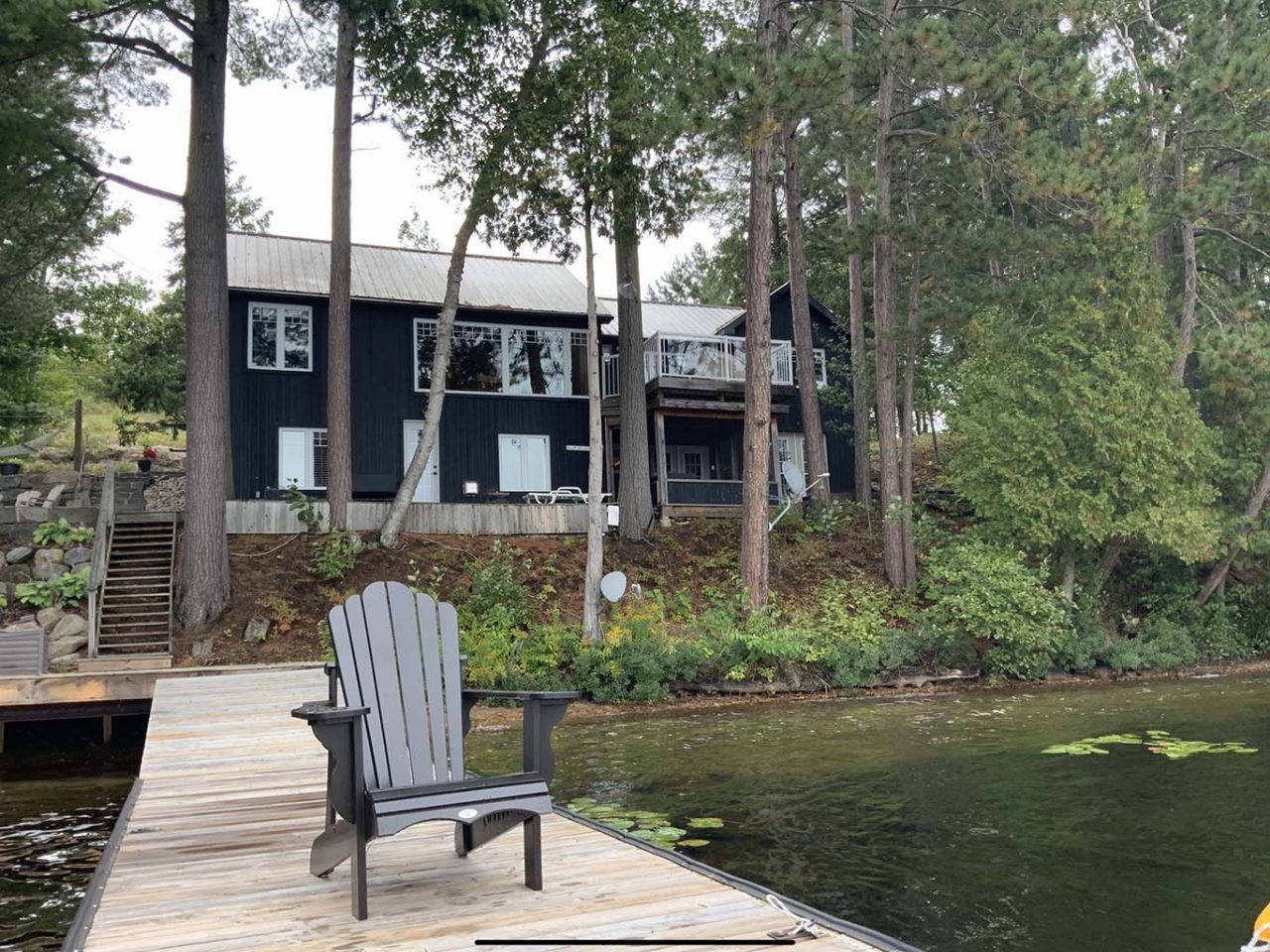
Procreate Tutorial: How to Draw a Cottage with iPad Pro
Let’s first get set up with a new canvas in Procreate. When you first open the app you’ll be in the “gallery” where all of your artworks will be visible. Tap the “+” in the top right of the screen and a menu will appear where you can select your canvas size.
To choose your dimensions click “create custom canvas” and enter them (in mm, cm, inches, or pixels). You can simply select “screen size,” however I recommend going bigger so that you have the option to print your finished piece with a nice resolution.
For my cottage drawing I’ve created a 22″ x 29″ canvas. For a canvas this size I’ve gone with a resolution of 150 DPI. If you go too big the maximum number of layers you can have in your artwork can be too few for our purposes.
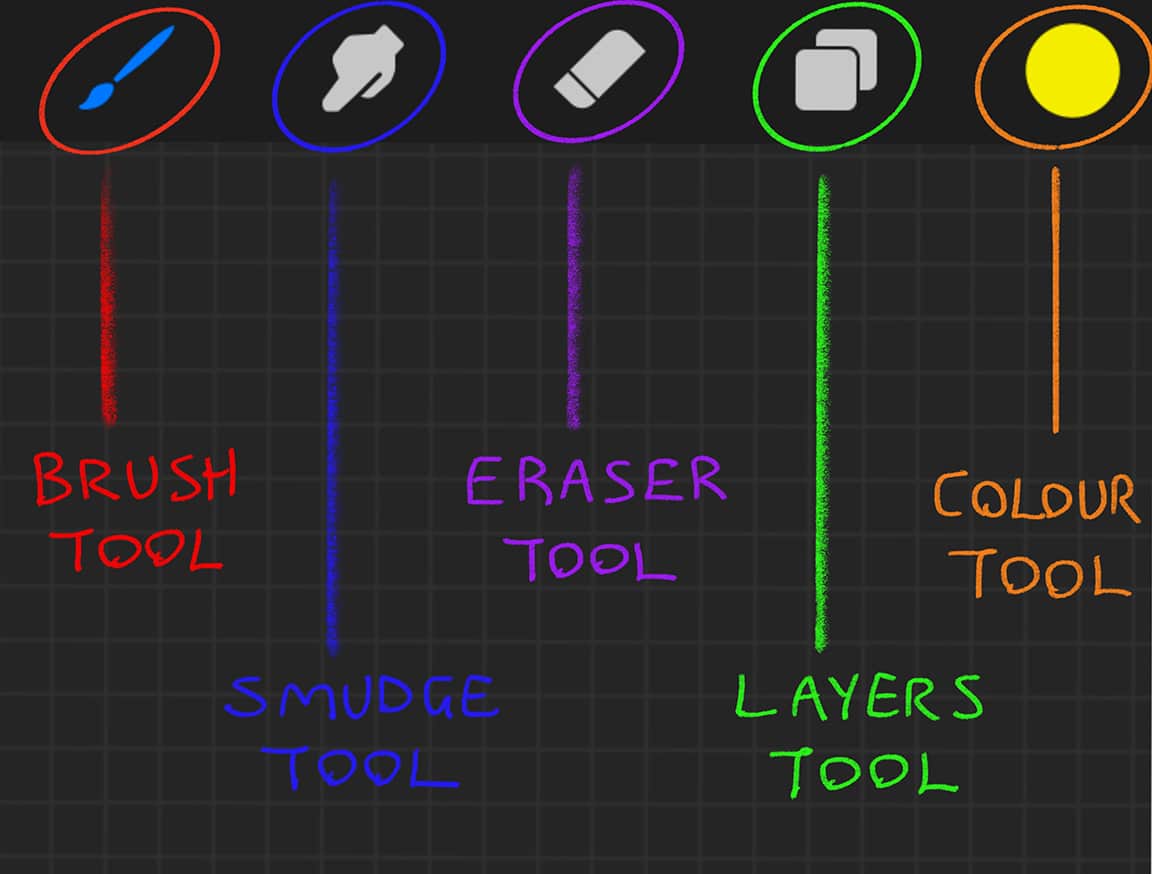
Now it’s important to explore and familiarize yourself with Procreate’s basic tools. Starting with the toolbar on the top right of your canvas.
- The Brush Tool: This is the tool with which you draw/paint. Tap it to open your Brush Library. Procreate’s brushes are categorized in a list down the left side of the drop down menu. Tap any of these to see your brush options in each category. Choose what you like and then tap the brush icon in the toolbar again to close the menu. Now get scribbling! Try a few different brushes and use different pressures and angles of the Apple Pencil – it’s remarkably realistic in its response to your hand.
- The Eraser Tool: It does exactly what you think it does! Tap it and you’ll open an identical Brush Library as tapping the brush tool. Try a few and see how it erases your scribbles.
- The Colour Tool: This is your colour palette. Tap and it will open in its default view of “Disc.” Use the outer wheel to select colour, and the inner circle to select lightness/darkness. When you’ve chosen the colour you want to use, tap the colour icon in the toolbar again to close the menu. Again, do some scribbling! Choose a variety of brush and colour combinations to get a feel for the colouring process.
- The Smudge Tool: This is used to blend colours and create gradients. This tool has the same effect as taking your finger to pencil on paper and rubbing it to blend. The smudge tool mimics the real thing fairly well but it does take some getting used to.
- The Layers Tool: You can use this menu to create multiple layers on your canvas, and select between them. How to do this, and the benefits of layers, will be best understood by following through my own example here in this Procreate tutorial.
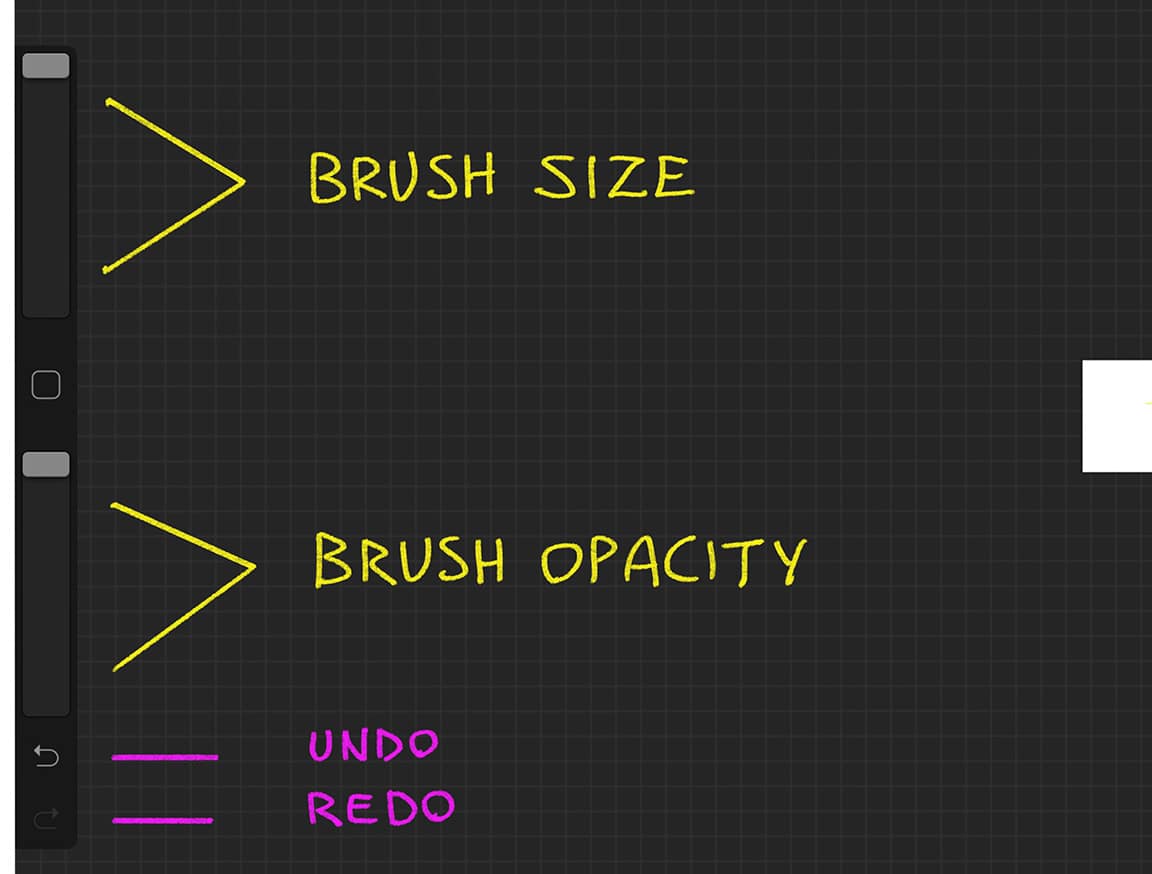
Then there are the slider toolbars on the left side of your canvas.
- Brush Size: The top slider. Tap, hold and move up and down to adjust the size of your brush tip. A preview window will open up to help guide you. This slider is used for your brush, smudge and eraser tools in the same way.
- Brush Opacity: The bottom slider. This works the same way as the brush size slider, but is for brush opacity.
- Undo/Redo: Under the sliders you’ll see these two buttons. Tapping the undo button will undo the last stroke you drew/erased. Vice versa with the redo button. This is a very useful tool you’ll probably use a lot. You can also undo by tapping once anywhere on your canvas with two fingers.
There is also the toolbar in the top left of your canvas. For these tools I will point them out and explain them along the way as we need them.
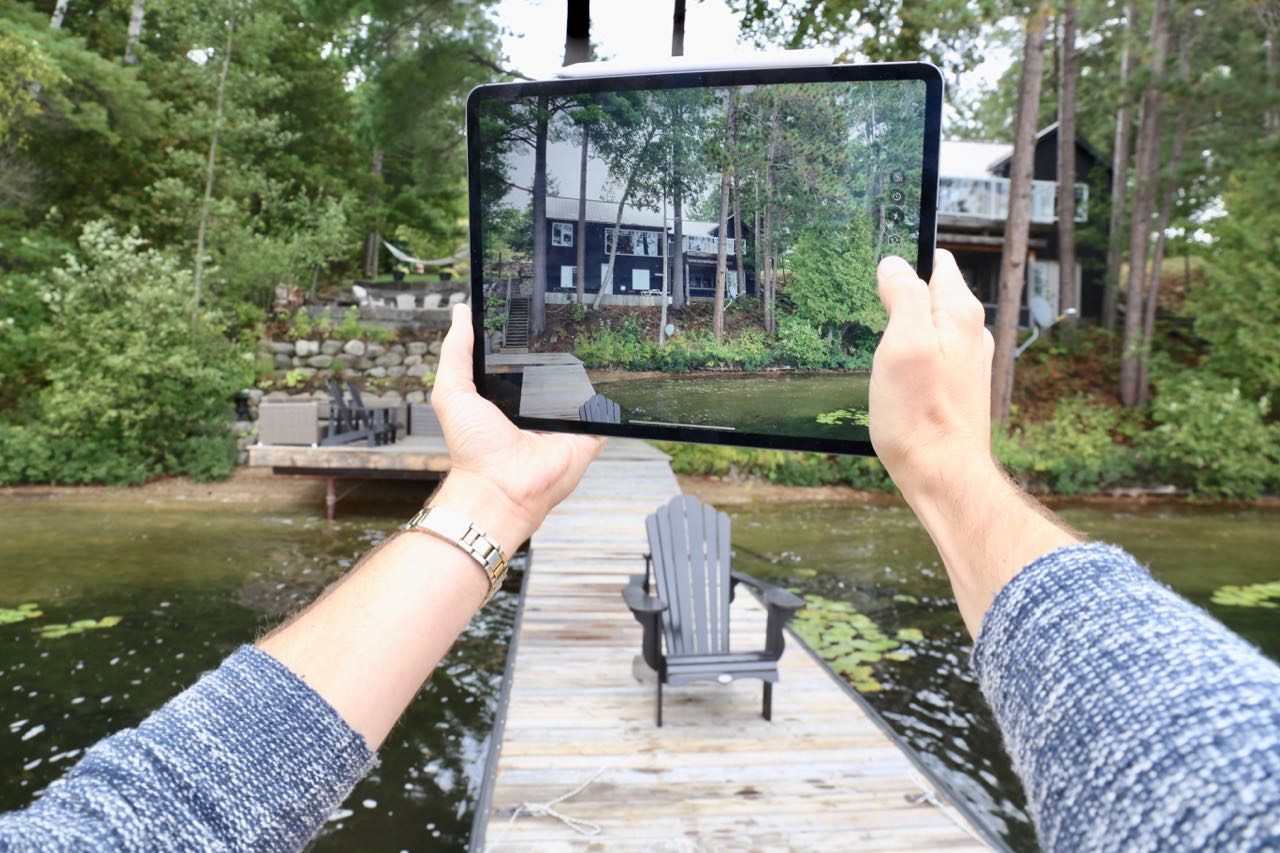
How to Draw a Cottage Step One: Choosing a Reference Photo
If you can take your reference photo yourself, great. You can use the iPad itself to capture a good photo of your cottage subject. If you can’t, you’ll need to choose a good quality image that is clear and in-focus. The best drawings of a cottage I find are done from a photo that highlights all of the small details in the building, and that showcases its natural setting.
For my cottage drawing I’ve gone with the dock view, as it features the taller side of the structure (so, more building) and also has a nice variety in surrounding area (tree line, vegetation, lake, dock, and chair).

How to Draw a Cottage Step Two: Quick Sketch Setup
The first thing to do before you get to drawing, is setting up your reference photo to work from. A great option with iPad Pro is that you can keep your photo open in a window beside your Procreate canvas while you work.
To do so, tap and hold the bar at the bottom centre of the screen in Procreate, then slowly pull up the iPad menu (if you swipe too quickly you’ll close Procreate).
Once the menu is up, tap and hold the photos icon, and drag it to the left side of the screen (or right side, for the lefties out there!) Pull it past the edge of the Procreate window and drop it there and tada, you have both open at the same time. You can also adjust the size of the photo window by holding and sliding the side bar of the window.
Start by doing a quick n’ dirty sketch of the entire composition. This part doesn’t need to be clean, it’s just a quick reference sketch in order to make sure your proportions overall are correct so that you can continue to your “good copy” with ease.
For this portion I like using the “technical pen” brush under “inking” in the brush menu, mostly because I like how the brush responds to different amounts of pressure. Basically, if I push harder the line gets thicker, and vice versa. So cool!
With more practice you’ll find the brushes you like best, it’s just a matter of preference.
Trace Option
If you are struggling with your proportions, it can be helpful to do a rough trace of your reference photo:
Start a new artwork in Procreate, click the “action” icon (the little wrench in the top left toolbar) > add >insert a photo. Choose your reference photo and Procreate will drop it onto your canvas. You can adjust the size to what you want, and then tap the “select” icon (the little cursor in the top left toolbar).
Next, tap the “layers” icon in the top right toolbar (the two squares) to open the “layers” menu. Your photo layer will be highlighted. Tap the “N” and an opacity slider will open. Drag the slider down to around 50%. This will make drawing overtop of it easier to see. Next, create a new layer by tapping the “+”. This will be your quick sketch layer. Tap the two squares again to close the layers menu.
Next do a quick, rough trace of the main features of your cottage drawing. Again, you don’t need to take your time here, this is just a convenient way to get your proportions more or less correct.
How to Draw a Cottage Step Three: Outlines
Once you have your rough sketch, create a new layer in the layers menu again. This will be the “good copy” layer that you draw over top of your reference sketch. Before you start, select your rough sketch layer again and bring the opacity down to about 25%. At this point, if you’ve used a photo for the trace option, you can also delete your photo layer. Do so by swiping that layer to the left in the layers menu. A delete button will appear.
And now the fun part – drawing!
This is where you can take your time and really get lost in the drawing process. Importantly, make sure you have selected your “good copy” layer in the layers menu. Then, using your rough copy proportions guide and your reference photo, draw your outlines. I like to do all of my outlines in black, but that’s up to you. For this layer don’t worry about any shading or colour, those will be done on another layer.
For this particular drawing, I chose to outline the cottage, the dock, chair and some of the landscaping stones. I decided to leave the surrounding vegetation without an outline both as a stylistic choice, and to emphasize/differentiate the subject of the illustration. This sort of thing is of course up to you and your own style of drawing.
Remember if ever you want to undo a certain stroke, just tap the screen once with two fingers. You can go back as many strokes as you like this way, Procreate remembers everything!

TIP – If you want your lines to be perfectly straight, which can happen a lot when drawing a cottage or other buildings, just draw your line and then hold the apple pencil down when you are finished. After a moment your line will snap to a straight line that you can move into place. You can do the same thing for circles or curves for a smooth line.
- Keep in mind your line thickness. Your drawing will look better if you use a variety of thicknesses. Take a look at my outline layer to get a sense of that. Smaller details get a lighter touch, and my outer lines are heavier. You can achieve this by how hard you press, however you can also quickly and easily adjust your brush size using the slider on the menu on the left side of the screen.
- You can zoom in and out by “pinching” the screen with two fingers. Don’t forget you can zoom in for areas with small details (like the windows and doors). You can also rotate the canvas using the two-finger pinch (rather than turning the iPad itself around, an inevitable habit when you’re used to turning your piece of paper around – there is an easier way!)
- Making corrections – After I’d finished some of the details on the cottage, like the door with windows, I realized that they were perhaps a bit too short, or the proportions were a little off. An amazing feature of Procreate is that rather than erasing and drawing them again (a lot of work!) I can instead isolate a portion of the drawing and stretch it. To do this, click the third icon in the menu on the top left of your screen. It looks like an “S”. This will open a menu at the bottom of the screen. Make sure “freehand” is selected there, and then take your Apple pencil and trace in one stroke around the area you want to stretch. Once you’ve done that, tap the cursor icon (the fourth icon in the menu at the top left of your screen). This will create a bounding box around the area you want to manipulate. From there you can stretch the area how you like using the pull points. Once you have it where you want it tap the cursor icon again.
How to Draw a Cottage Step Four: Colouring
Now you’ve got a lovely outline drawing of your cottage. Time to colour it in!
The Cottage
Again, this is where layers come in very handy. Create a new layer by tapping the “+”. Then tap and hold that layer in the menu and drag it so that it is underneath your outline layer. This way you won’t colour over the outlines. My cottage subject is blue so I am starting with a solid blue that I can add some dimension to later.
Create the blocks of colour for the different components of the building – walls, roof, woodwork, etc. It will be helpful if you create these different colour blocks on separate layers, as you’ll be able to manipulate them individually.
A good example of this is the windows in my drawing. I first blocked them out in a light grey colour. After that, to add the reflections of the surrounding trees I utilized the alpha lock tool. The alpha lock “locks” that layer so that you can only draw on top of what has already been drawn.
This comes in very handy when colouring as you can easily add too, adjust, manipulate and finish a portion of colour without having to worry about contaminating the surrounding area. To alpha lock a layer, open it in the layers menu, and swipe the layer right with two fingers. You’ll see a checked pattern appear on the layer thumbnail. To un-alpha lock the layer just swipe right with two fingers again.
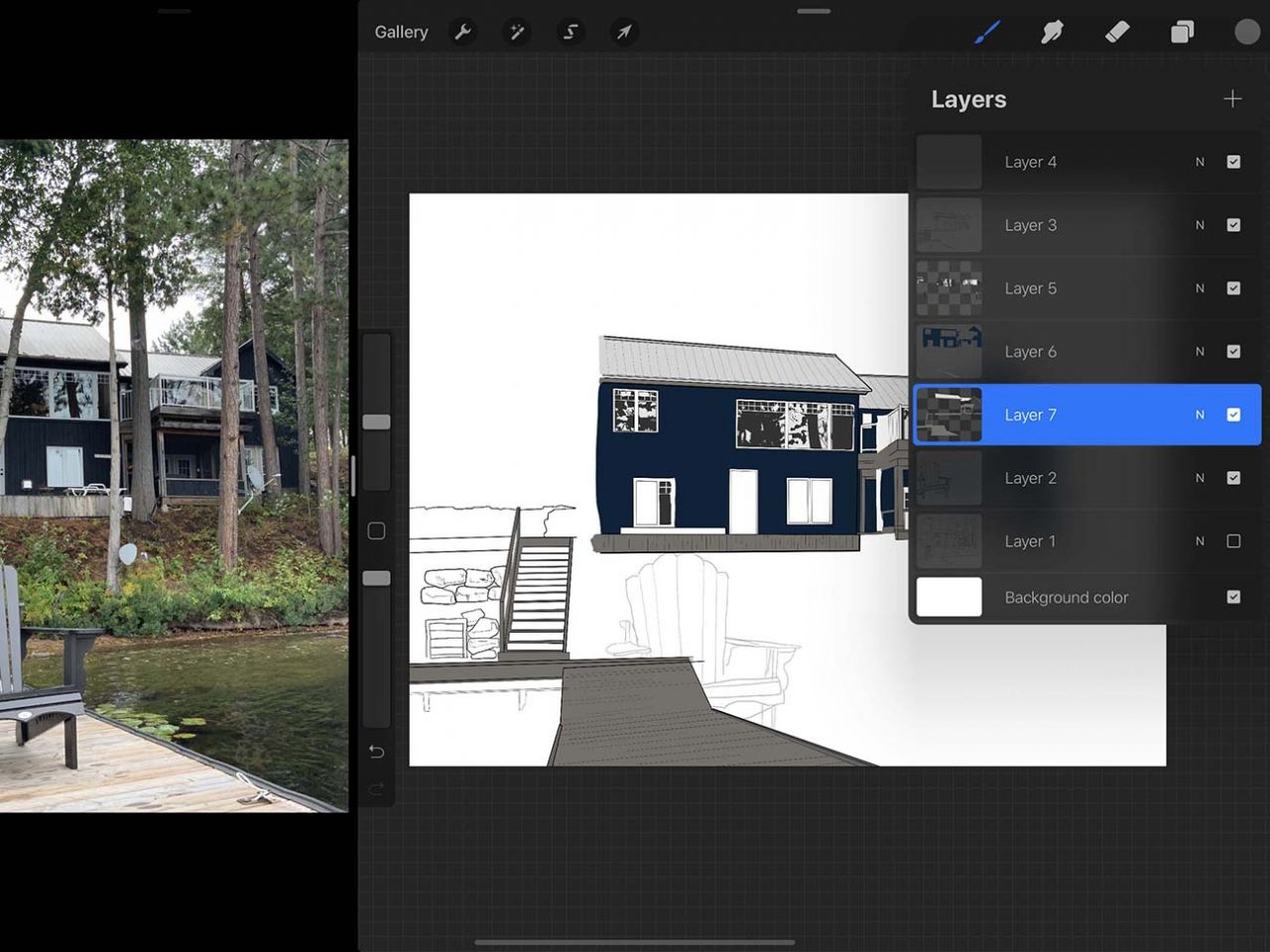
Once my window layers were “locked” I could draw on the reflection shadows easily without having to touch up the edges afterwards. The alpha lock also came in handy with the walls (I added a slight gradient to the blue in the same manner) as well as the wood on the dock and deck.
The Scenery
For the surrounding landscape, I started by blocking out the main parts in solid colours on separate layers – the bank, the lake, the yard behind the cottage, and a few layers of trees and vegetation. For this I used the studio pen brush, because I like the solid edge it gives. But feel free to experiment with different brushes you might like.
Once I had each portion created, I alpha-locked each of them and could add colour, gradient, detail and dimension to all! For this portion, it really depends on your style of drawing. For me, I don’t necessarily like to fuss over details on background vegetation. I find I can get a pleasing effect while still being rather loose. So experiment and get lost in the process here.
You May Also Enjoy Reading…
- How To Draw A Bottle
- How To Draw Shoes
- How To Draw Realistic Animals
- How To Start a Vlog: Purchase the Best Equipment for Vlogging
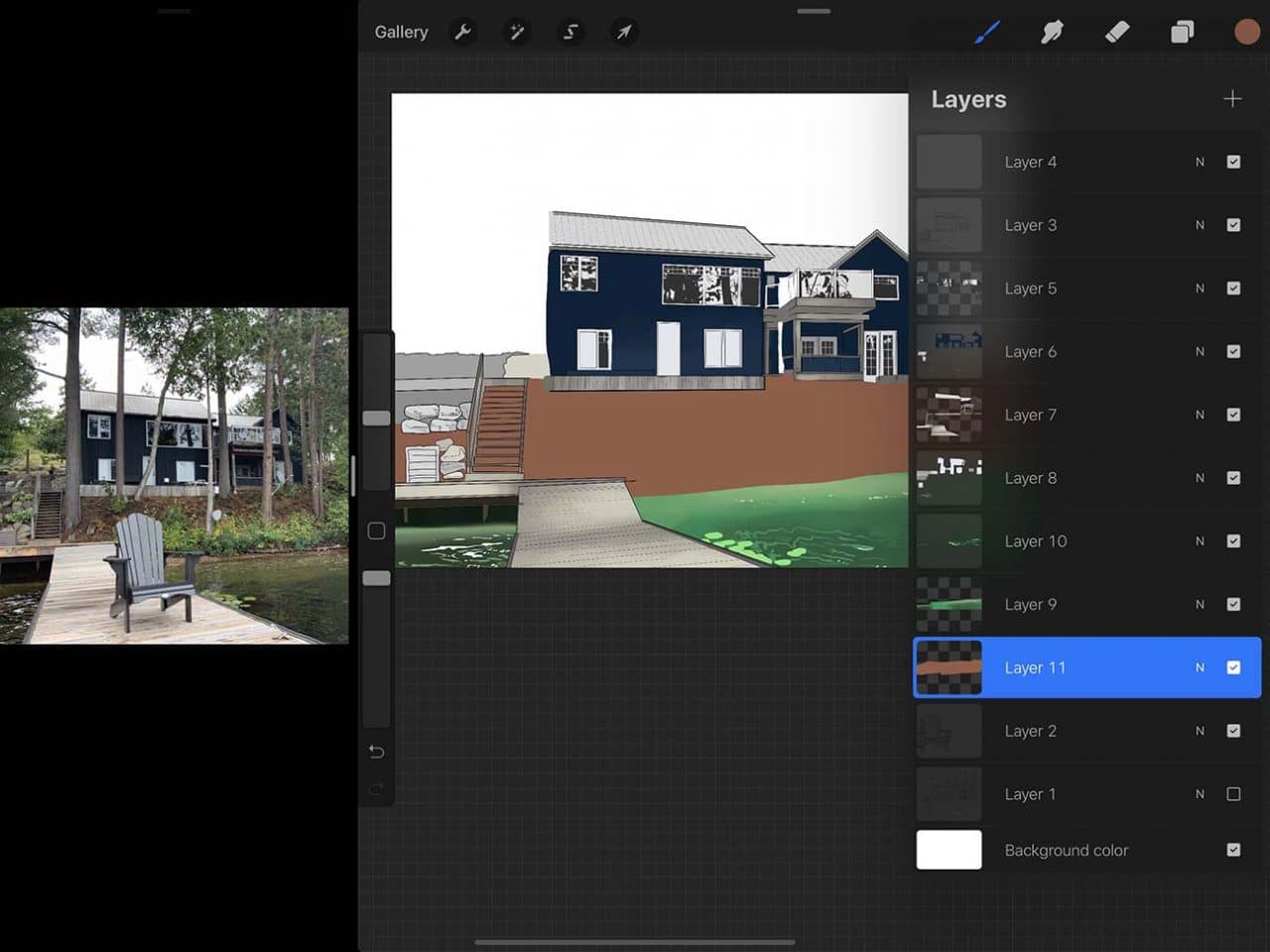
TIP – to create believable dimension, give components of your drawing that are further away a duller, more faded looking colour. Reserve brighter colours and details for components that are closer or that you want to stand out.
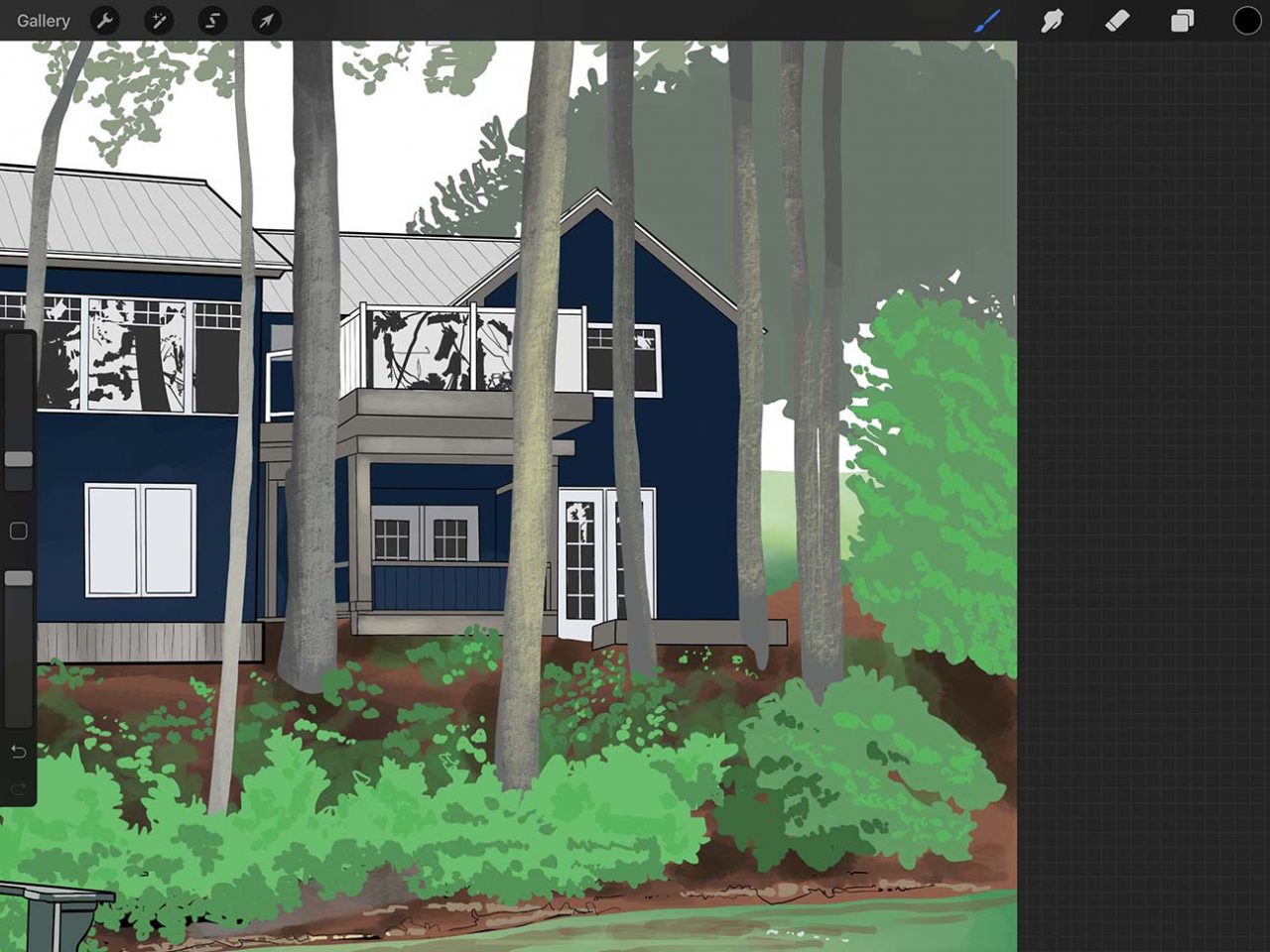
Drawing water can be a challenge. My approach was to include just enough detail that it’s believable, without going overboard. I find it’s helpful to do a base layer of gradient colour, and to add clusters of highlights over top. When I look at my reference photo there are a couple of spots in the water that have more detail than others. I focused on recreating just those details and letting the underlying gradient take care of the other areas.
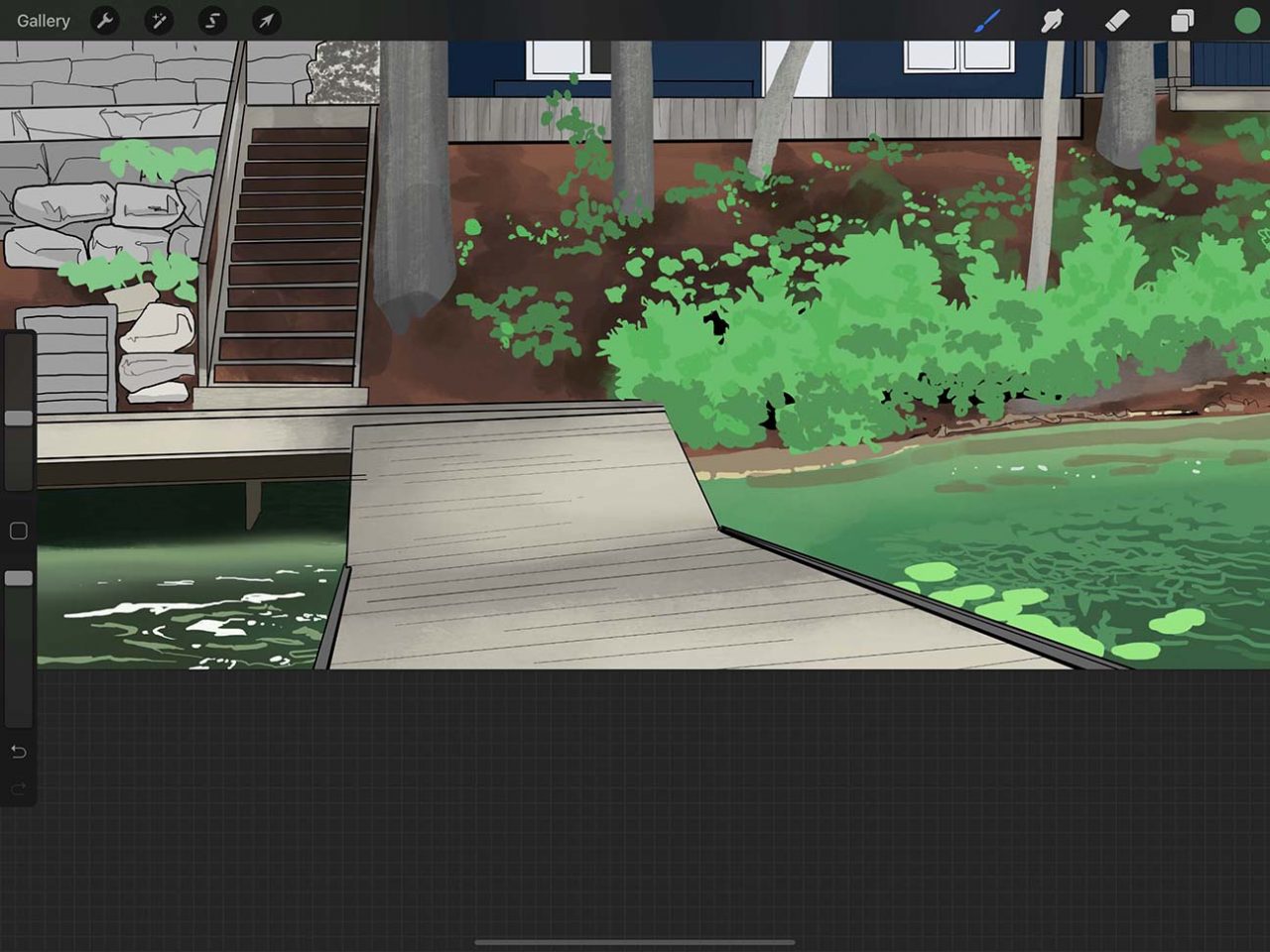
TIP – To return to a colour you’ve already used, tap with one finger on the area with the colour you want to reselect, and hold. A magnifying circle will pop up and you can move that to the exact colour spot you want. Lift your finger and it will select that colour for your brush.
Procreate Tutorial: Finishing Details
The main subject of this drawing is of course the cottage, but in this composition there are components in the foreground that deserve a little extra detail. Firstly the trees. Like the rest of the vegetation, I did these by drawing them out in a solid colour, and then applying the alpha lock. I created the texture of the bark by choosing a lighter colour and the “stucco” brush under “painting” in the brush menu. A few simple quick strokes and I had the suggestion of a bark texture.
The final detail was the Muskoka chair. And what Canadian cottage portrait is complete without that? The chair was done on another separate outline layer and I definitely utilized the straight line trick I shared above. I chose a simple two-tone colour to create the depth and highlights, and voila, our cottage portrait illustration is complete!
Congrats! You’ve Completed our Procreate Tutorial!
You’ve now mastered how to draw a cottage!
If you’re someone who draws or paints a lot, you know it’s possible to keep going and going and tweaking and tweaking into eternity. And truthfully Procreate makes falling into this even easier. The up side, however, is that you can leave the piece alone for a time, and then very easily pick up where you left off, without having to get all of your paint and supplies out.
All that said, you will know when it’s done, and for a satisfying finish to your digital drawing experience, you can utilize one of my favourite Procreate features – timelapse video. By default, Procreate records your entire drawing process (you can opt to turn this off, but really why?) You can play it all back in high speed when your drawing is complete. It’s a fun thing to watch and a fantastic thing to share with curious fans of your art. If you’re a freelance illustrator, you may come to realize that offering a timelapse video of your clients’ work acts as a competitive advantage. And better yet, offering a video that showcases the creation of your cottage drawing requires no additional time or money.
By using this Procreate tutorial as your step-by-step drawing guide for how to draw a cottage, I’m sure you will be very satisfied with your result. Once you’ve gone through the motions from start to finish you can experiment and settle into your own process. This medium has so many possibilities that you can really let your creativity run wild. So dive in, go digital and have fun!
Save this story to Pinterest!
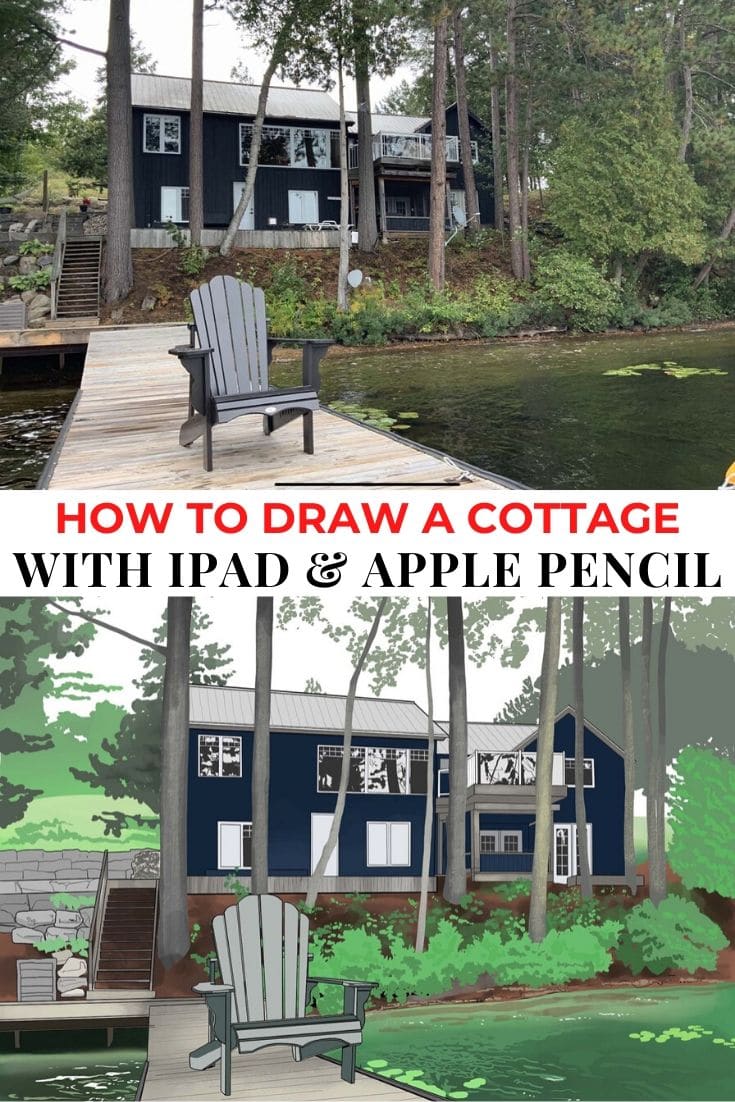
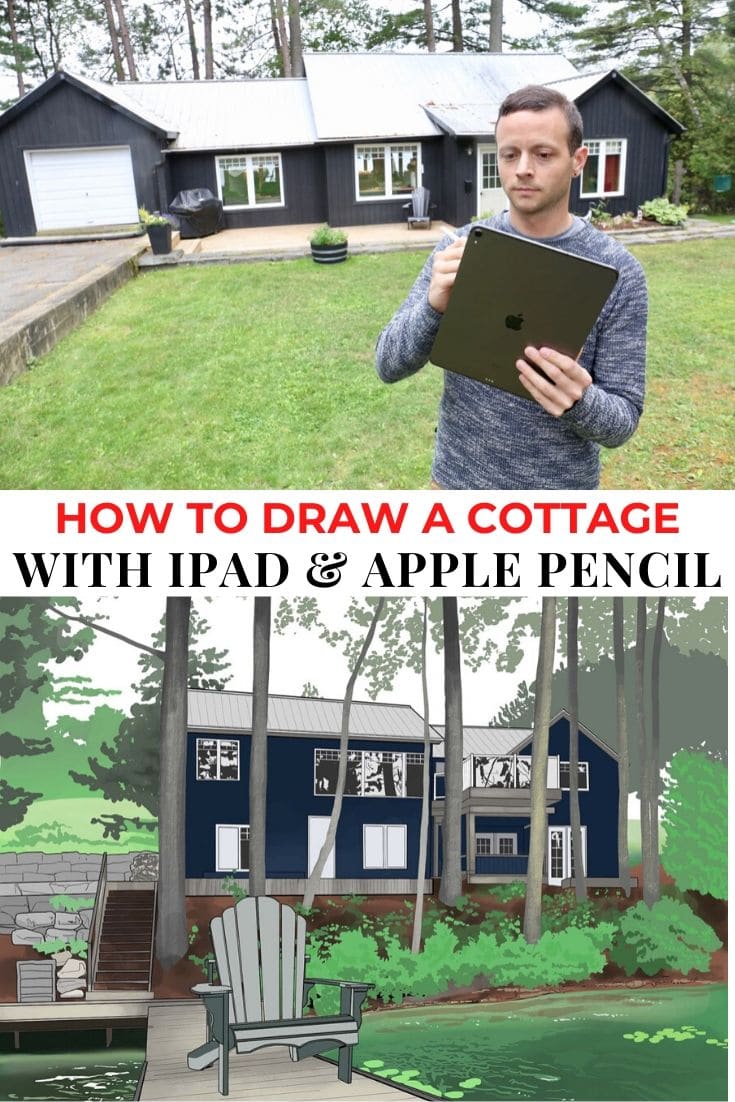



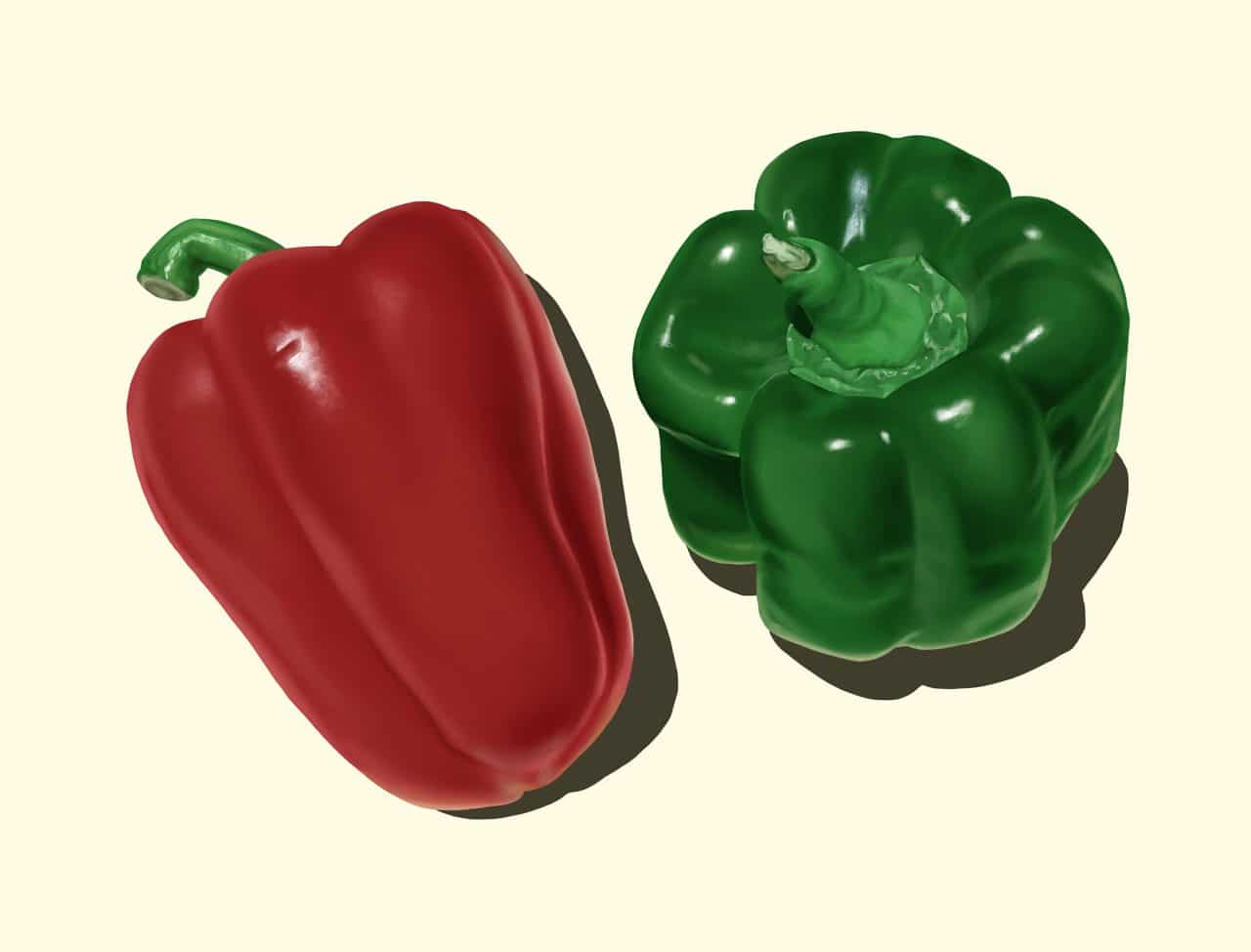
Thank you. Finally someone who explained this process. I am doing my daughter s wedding invitation and was trying to see how to get the drawing down. Then I can print and put on watercolor and paint it. A lot of steps but I do like using watercolors. If you have any suggestions please let me know. ❤️